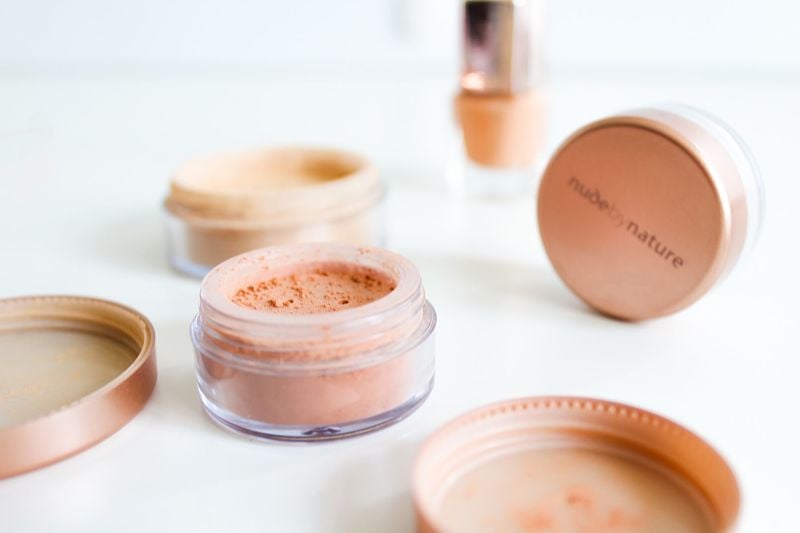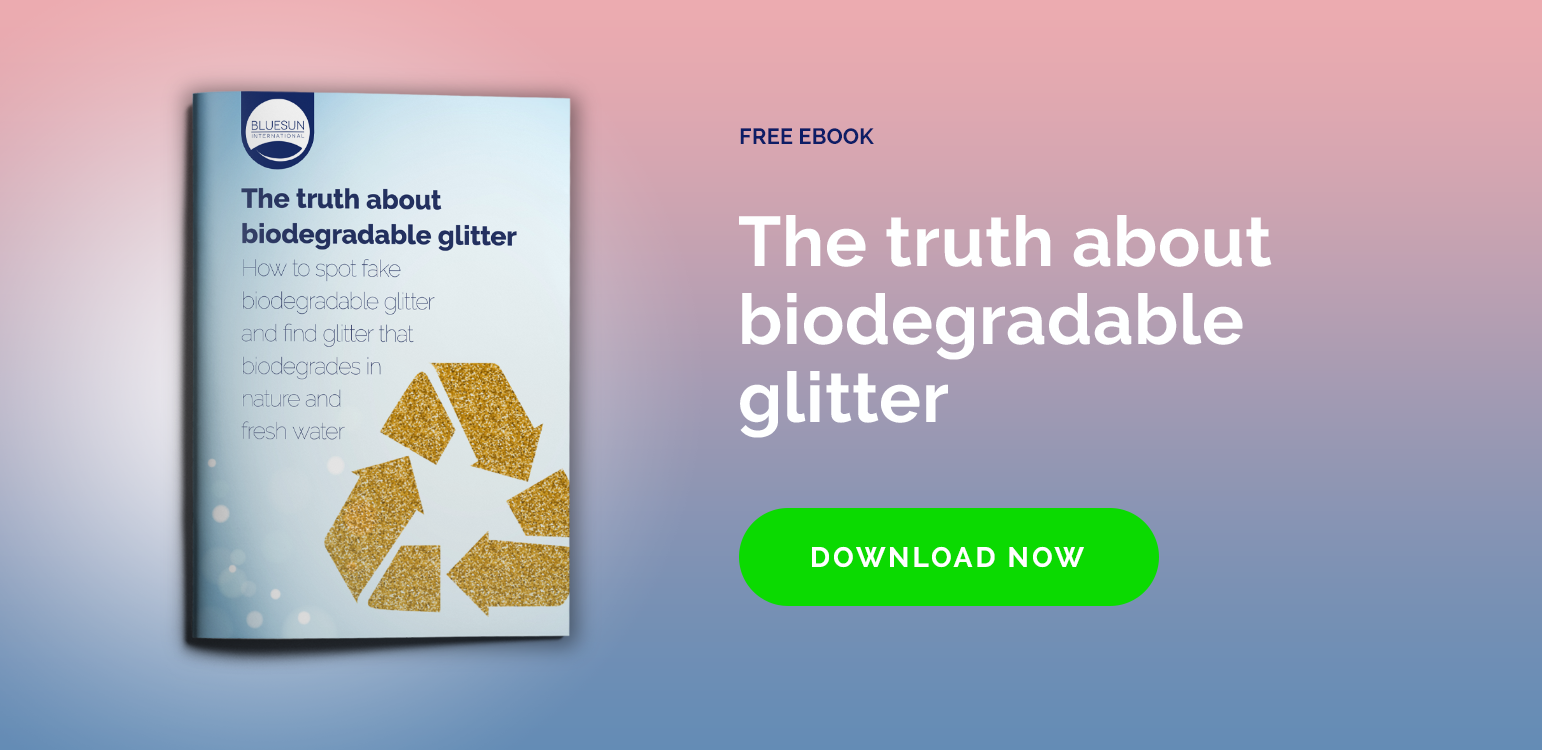Although the use of cosmetics has increased, many consumers still ignore emollient are a very good treatment for various skin conditions. They have proved to be very effective at relieving symptoms of skin diseases and yet they remain underused. Suppliers challenge is to make consumers understand the importance of using moisturizers on a regular basis.
The interchangeable use of the “moisturizer” and “emollient” terms leads to many consumers to believe they are both the same. But, in fact, emollients in cosmetics are used as just another ingredient to form a moisturizer.
Moisturizers are among the many cosmetics that can be used for both beauty and health reasons. They provide the skin with a barrier that prevents water loss, and their ingredients have multiple benefits for consumers. No wonder why the use of humectants and emollients in cosmetics is on the rise.
Understanding Moisturizers in Cosmetics
Moisturizer is a compound formed by emollients, humectants, and occlusives. Examples of moisturizer ingredients include:
- Emollients: esters (isopropyl myristate, myristyl myristate), alcohols (hexyl decanol, octyl dodecanol), and emollient oils
- Humectants: glycerin, lactic acid, hyaluronic acid, urea
- Occlusives: vegetal and animal fats (coconut butter and lanolin), hydrocarbon oils or waxes (mineral oil and paraffin), silicones (dimethicone), fatty alcohols (cetyl alcohol, etc.)
|
Essential Components of Emollients |
|
| Ingredients | Examples |
| Emollients |
Alcohols (octyl dodecanol, hexyl decanol, oleyl alcohol), esters (myristyl myristate, isopropyl myristate, octyl stearate) |
| Humectants |
Glycerin (glycerol), urea, pyrrolidine carboxylic acid, hyaluronic acid, lactic acid |
| Occlusives |
Hydrocarbon oils or waxes (mineral oils, paraffin, petrolatum), animal fats (lanolin), vegetal fats (coco butter), silicones (dimethicone, cyclomethicone), wax esters (bees wax, stearyl stearate), fatty alcohols (cetyl alcohol, stearyl alcohol) |
The Moisturizers Barrier
When applied, moisturizers form a barrier that inhabits in the epidermis uppermost layer: the stratum corneum (SC). The SC is a conglomerate of cells (10 to 30 cell layers called corneocytes). If the SC was a wall, corneocytes would be the bricks forming that structure, and they will be enclosed by the mortar of lipid lamellae. Within this structure we would also find the steel rods of corneodesmosomes, whose function is to provide tensile strength.
The causes for this barrier to fail include:
- Medical: thyroid disease, diabetes
- Genetics: psoriasis, eczema, and ichthyosis
- Environmental: cold weather
- External: detergents, soaps, oxidized emollient oils
In order to stay healthy, the skin needs to maintain the water content between 10% and 15%. Although there are humectants that are naturally produced by the human body (called natural moisturizing factors), the skin’s barrier needs to be enhanced by moisturizers because sometimes the skin’s water level drops below 10%.
How Do Moisturizers Work?
When a moisturizer is applied, its occlusives ingredients form a layer over the skin’s surface to avoid more water loss, its humectants attract water to the dermis to refill corneocytes, and the action of this mixture reduces dryness. Those who already know what emollients and humectants are will understand that emollients add up to the mixture providing smoothness to the skin and leveling uneven skin patches.
Options for Choosing Moisturizers
Consumers have their own preferences when choosing cosmetics, and when they are looking for the right moisturizers they take into account factors like their work or social activities. Another factor is the skin dryness level; for very dry skin humectant creams or ointments are preferred, and for low level dryness lotions are the main option.
The moisturizers options include:
- Creams: Semi-solid formulations containing a drug active dispersed within a base. Common creams are oil-in-water emulsions. Emollients are sometimes used to create creams of emollient oils dispersed in water.
- Ointments: Semi-solid mixtures of hydrocarbons (paraffin).
- Lotions: Emulsions of oil in water with a lot of water content (up to 80%) that will easily spread on the skin to generate a refreshing feeling.
- Gels: Structures of molecules that contain more molecules within them.
- Sprays: Solvents containing types of paraffin that vanish when are applied on the skin.
|
Different Emollients Formulations |
|||
|
Formulation |
Suitable areas |
Advantages |
Disadvantages |
|
Ointment |
Very dry skin, palms and soles |
Very hydrating, useful for inflamed areas |
Greasy and tends to stain everything it touches. Difficult to wash off. |
|
Cream |
Skin folds and other body parts |
Easily spreads on skin, beneficial for sensitive skin |
Needs several applications in a day |
|
Lotion |
Hairy and exudative areas and other skin folds like neck and groin |
Cooling feeling, quickly dries on the skin and evaporates |
Requires many applications |
|
Gel |
Hairy areas, face, and scalp |
Liquefies on contact with skin, but are less greasy than ointment. Easily spreads and refresh the skin |
Sticky |
Why Are Moisturizers Underused?
The main reason for moisturizers to not be regularly used is the lack of adequate advice and information. That is why we believe the best way to promote them is to advise consumers with dry skin to complete a proper moisturizing therapy choosing the right mixture of emollients and humectants.
There is a broad option to choose natural based emollients, which will help the consumer find the best moisturizer for their skincare regime.


![Free ebook: The truth about biodegradable glitter [Click here and download now]](https://no-cache.hubspot.com/cta/default/4020212/b9c13b96-3024-4b35-9af9-cbd44d84ec15.png)


